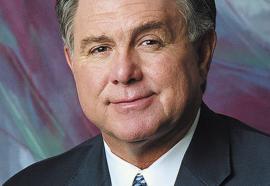Nuclear Power: A Second Coming?
Here’s what’s driving the renaissance.
Nine companies, consortia, or joint ventures are planning approximately 12 new nuclear power plants in the United States. How do the business challenges they face differ from the challenges faced by companies using other fuel sources?





